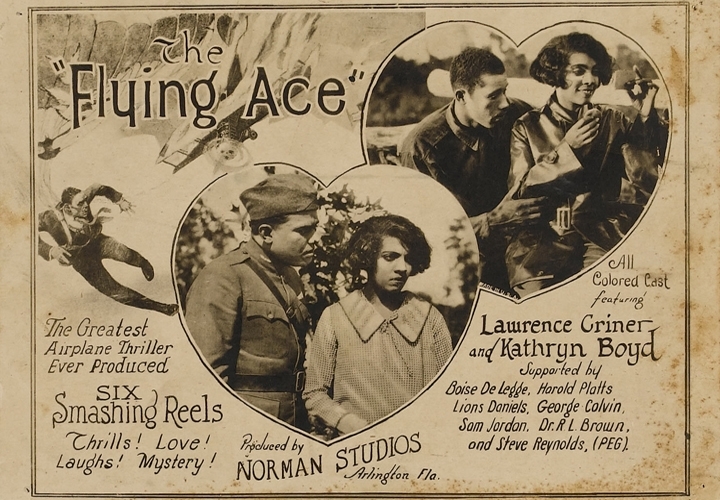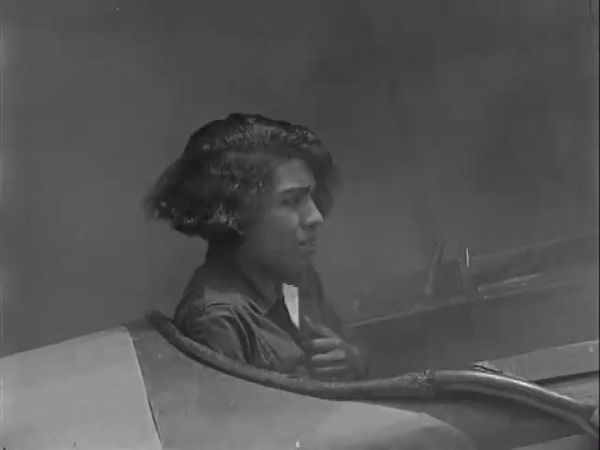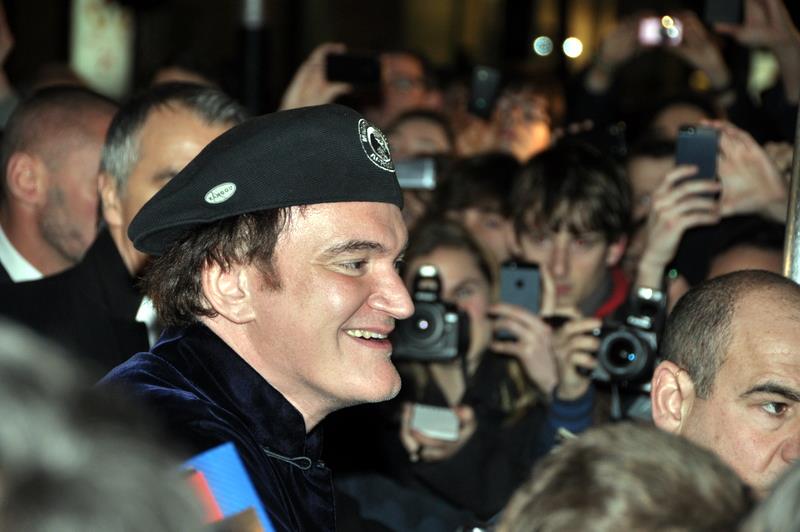Forewarned is forearmed, so in 1943, the United States Office of War Information created a training film to prevent soldiers bound for Great Britain from earning their Ugly American stripes.
The excerpt above concentrates on pub etiquette, casting actor and Army Air Corps captain Burgess Meredith in the role of a discreet military Virgil, explaining in hushed tones the British penchant for non-chilled beer and smoking or reading the paper unmolested.
He also cautions incoming GIs against throwing their money around or making fun of kilt-wearing Scotsmen—commonsense advice that still applies.
To ensure the message sticks, he conjures a cringeworthy, semi-sloshed bad apple, who struts around in uniform, braying insults at the locals, until he disappears in a puff of smoke.
No wonder the reception’s a bit frosty, when Meredith, ventures forth, also in uniform. But unlike the brash baddie who went before, Meredith has vetted his hosts, approaching as one might a skittish animal. He offers cigarettes, enjoys a game of darts as a spectator, and buys his new friends drinks, being careful to choose something in their price range, knowing that they will insist on reciprocating in kind.
The film is primarily concerned with teaching restraint.
In another section of the not-quite-38-minute film officially called A Welcome to Britain (see below), Meredith cautions young recruits to take small portions of food, knowing how restricted their hosts’ rations are.
The most uncomfortable teachable moment comes when an elderly Englishwoman spontaneously invites a black GI to tea, after thanking him for his service:
Now look men, you heard that conversation, that’s not unusual here. It’s the sort of thing that happens quite a lot. Now let’s be frank about it, there are colored soldiers as well as white here, and there are less social restrictions in this country. An English woman asking a colored boy to tea, he was polite about it, and she was polite about it. Now, that might not happen at home, but the point is, we’re not at home, and the point is too, if we bring a lot of prejudices here, what are we going to do about them?
(No advice to young black soldiers on whether they’re honor bound to accept, should an elderly Englishwoman invite them to tea, when they were perhaps en route to the pub.)
Watch the entirety of A Welcome to Britain, including a cameo by Bob Hope at the 30 minute mark, here.
For an updated guide to British pub etiquette, check out the American expats of Postmodern Family reaction video here.
via Daniel Holland
Related Content:
Free: British Pathé Puts Over 85,000 Historical Films on YouTube
1,000,000 Minutes of Newsreel Footage by AP & British Movietone Released on YouTube
Ayun Halliday is an author, illustrator, theater maker and Chief Primatologist of the East Village Inky zine. Join her in NYC on Monday, December 9 when her monthly book-based variety show, Necromancers of the Public Domain celebrates Dennison’s Christmas Book (1921). Follow her @AyunHalliday.






